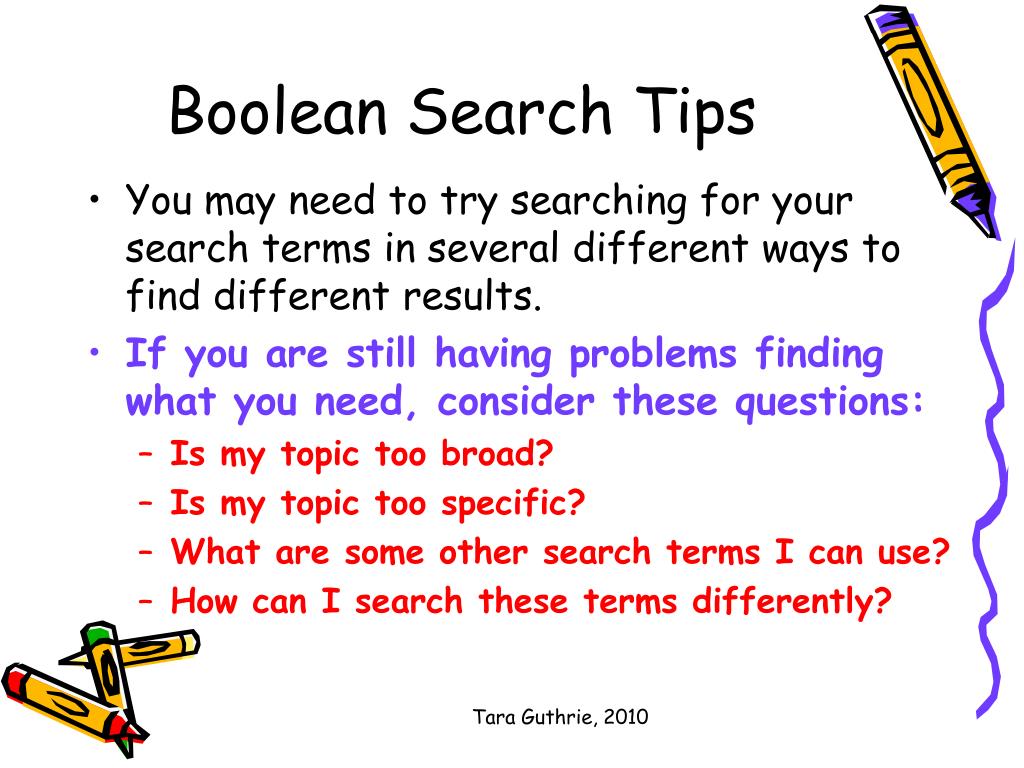

Use this when keywords need to be within a specific distance of one another and in the same orderīoth keywords are found in each document, and with no more than 10 words between Apple and watch, and Apple needs to be mentioned before watch. Same as ONEAR but you want to allow for more distance between the two words. Use this when you’d like a document to have two words in close proximity to one another and in the same order.īoth Apple and watch are in the document with no more than 4 words between them, and Apple needs to be mentioned before watch.

When you want to broaden the results by allowing for multiple qualifiers.Īll documents include Apple and either watch or iwatch. Same as NEAR but you want to allow for more distance between the two words.īoth keywords are found in each document, and with no more than 10 words between each other. When you want two keywords to appear in close proximity (same context) in an article.īoth keywords are found in each document, and with no more than 4 words between each other. When you want to exclude documents that contain the keyword.Īll documents contain apple but none include apple juice. When you want at least one keyword to appear in a document.Īt least one of the keywords are found in each document. When you want two keywords to appear in the same document.īoth keywords are found in each document. We are going to build on our knowledge by introducing additional operators, as well as some content-specific syntax that will come in handy. Now let's take a look at additional operators and syntax that can further refine your searches.

“apple orchard*” gets us singular and plural forms such as "apple orchard s").Ībove we introduced you to Boolean search and the most basic set of operators (AND, OR, NOT). * asterisk can be as a wildcard to capture different beginnings and ends of a word (e.g. ( ) parentheses are used to group alternative terms “ “ quotation marks must be used for phrases We, therefore, need to carefully consider how we use the operators to structure our searches and prevent false negatives.Ī few notes on syntax beyond the AND, OR, NOT operators: Note that by adding iPhone as an exclusion term (NOT) in the second scenario, we run the risk of excluding results that include watch or iWatch, as the iPhone and the watch are product categories that are often mentioned together. Narrow the search by excluding all mentions of the iPhone: apple AND (watch OR iwatch) NOT (IPHONE or "apple sauce" OR "apple juice" OR "apple orchard*") iPhone): apple AND (watch OR iwatch OR IPHONE) NOT ("apple sauce" OR "apple juice" OR "apple orchard*")Ģ. Broaden the search by adding another product category (e.g. In the first one, we’ll broaden the search and in the second one, we’ll narrow the search.ġ. Now that we’ve wrapped our heads around this example, let’s look at two scenarios where we want to modify our original search.


 0 kommentar(er)
0 kommentar(er)
